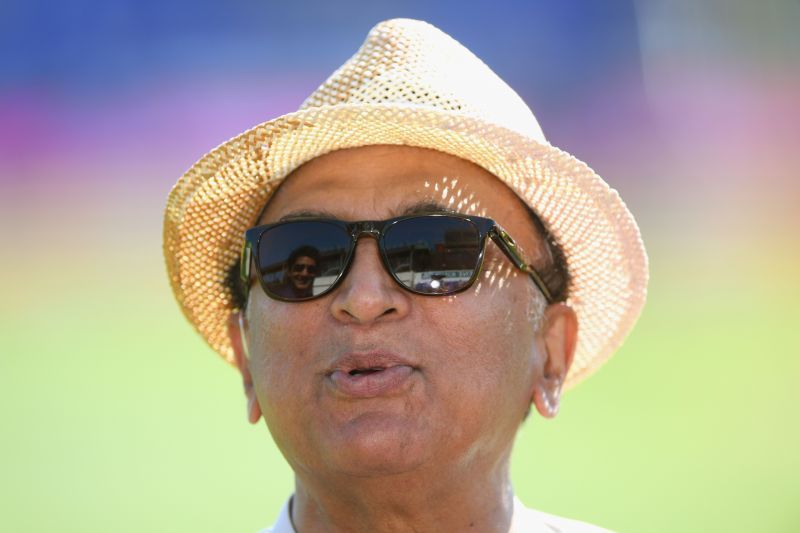
5 players who have scored a double hundred in the 4th innings of a Test
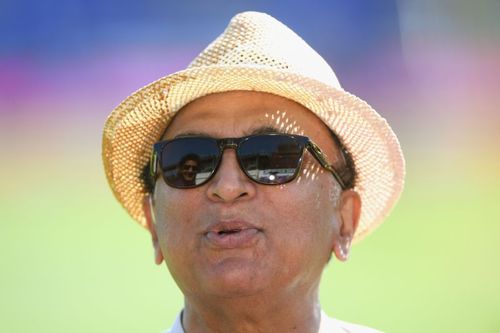
Sachin Tendulkar leads a group of 28 different players to have scored at least 1000 runs in the last innings of a Test match. The Mumbaikar has scored 50 or more runs on 10 occasions (three hundreds, seven fifties) in the fourth innings of a Test, but his fourth innings average of 36.9 is only better than four other players in the said list
Tendulkar is one of 27 players, among those with 1000 or more fourth-innings runs, to have scored 4th innings hundreds. But the all-time run-scorer in Test matches is not one of two players in this exclusive group to have scored a double hundred in the last innings.
On that note, let us meet the 5 players to have scored a double in the fourth innings of a Test.
#5 Gordon Greenidge (West Indies vs England at Lord's in 1983-84): 214 not out
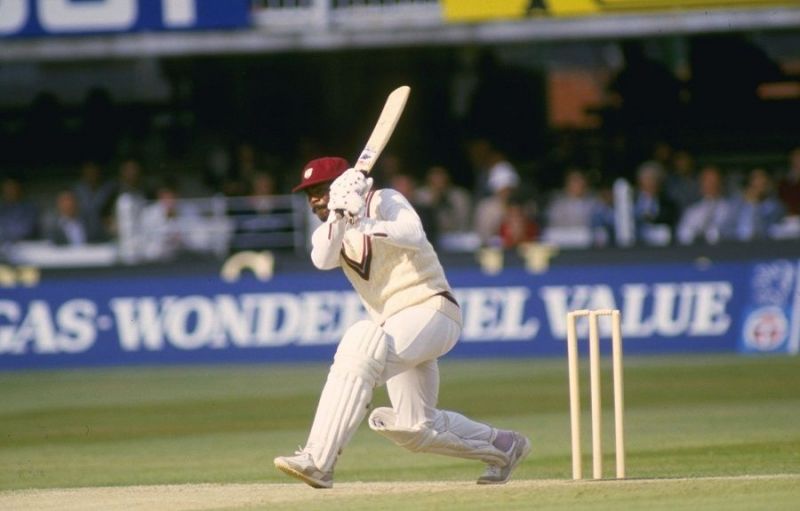
With England down 1-0 during their five-match series in 1983-84, captain David Gower set what looked like a challenging Day 5 target of 342 runs off 78 overs to the West Indies.
England were up for the kill, having bowled out the West Indies for 245 in the first innings. But they were not prepared for what awaited them on the day.
After a 57-run opening stand with Desmond Haynes, West Indies did not lose another wicket. A majestic unbeaten 214 from Gordon Greenidge took the visitors past the finish line with more than 10 overs to spare.
Against an attacking field of three slips, two slips and a forward short-leg, a limping Greenidge scored heavily in front of the wicket. He was brutal on anything short, bringing up his hundred off 135 balls with his trademark cut.
Realizing that the job was only half done, Greenidge lofted a short ball from Ian Botham over square-leg for six as another cut shot brought up his 150.
There was no stopping Greenidge, who dispatched Derek Pringle for successive boundaries and hooked Neil Forster to bring up his double hundred. Larry Gomes, who was content to play second fiddle at the other end, brought up the winning runs.
More than three and a half decades later, this remains the tallest successful chase in a Test match at Lord's.
#4 William Edrich (England vs South Africa at Durban in 1938-39): 219
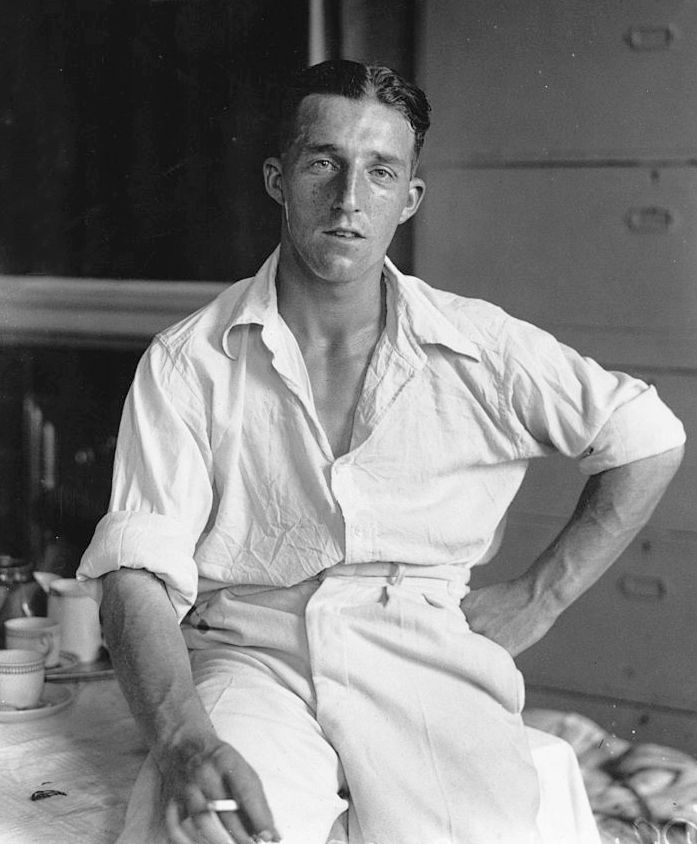
.One of 18 players to have scored over 39,000 runs in first-class cricket, William Edrich's best Test innings came in the fifth match of the 1938-39 series between England and South Africa. The game was held at the Kingsmead in Durban.
It was the era of timeless Tests, when matches were played till they reached a conclusion. Batting first, the hosts scored 530 and bowled England out for 316.
Opting against enforcing the follow-on, South Africa batted for a second time and piled up 481 in their second essay. That left England the task of scoring an improbable 696 to pull off a win.
Coming in to bat at the fall of opener Sir Leonard Hutton's wicket, Edrich became the second player in Test history to score a fourth-innings double hundred. When the right-hander eventually fell for 219, England had piled up 447-3 on the board.
The visitors would score a further 200 runs before both captains agreed for a draw on the 10th day - as the visitors had a boat to catch for their trip back home.
England's fourth-innings total of 652-6 remains the highest score any team has put up in the fourth innings of a Test match.
#3 Sunil Gavaskar (India vs England at London, 1979-80): 221
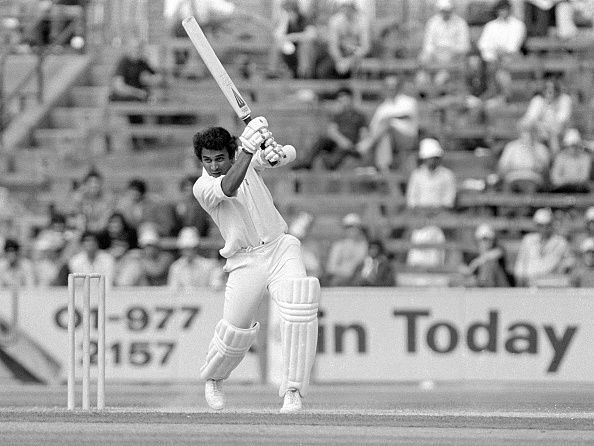
.Sunil Gavaskar is the only player in Test history to score a double hundred in all the four innings. The Indian opener's fourth-innings double hundred arrived in the fourth Test of the 1979-80 series between India and England at the Kennington Oval in London.
In reply to England's 305, India were bowled out for 202 to concede a 103-run first-innings lead. The hosts, who led 1-0 in the series, declared at 334-8 to set an unlikely target of 438 to the visitors.
A draw seemed the most likely outcome as Gavaskar and Chetan Chauhan took the team to 76 without loss by close of play on the fourth day. Thoughts of a win were far away as the Indian openers continued their good work on the fifth morning, taking the team to 169 without loss at lunch.
The opening stand ended at 213 when Chauhan, who was content playing second fiddle, fell for 80. The arrival of Gavaskar's Bombay teammate Dilip Vengsarkar injected momentum into the innings as the visitors reached 303 for 1 at tea.
When Botham dropped Vengsarkar off a skier, it looked like it was the visitors' day. Gavaskar brought up his double hundred to take India to 366 for 1, the tourists needing a run-a-ball 72 off the last 12 overs to seal a memorable win.
The fall of Vengsarkar, however, precipitated a mini-collapse. The promotion of Kapil Dev, ahead of Gundappa Viswanath at No. 4 did not work.
Gavaskar was snared by Botham as the lower order batters, in the pursuit of quick runs, committed hara-kiri. 15 runs were required off the last over, but a record chase was not to be as the visitors settled for a draw, with two wickets remaining.
In hindsight, Viswanath being held back till the fall of the fourth wicket was a blunder by captain Srinivas Venkataraghavan. The Karnataka batsman and Gavaskar had scored hundreds in India's only successful pursuit of a 400-plus target in Tests.
#2 Nathan Astle (New Zealand vs England at Christchurch in 2001-02): 222
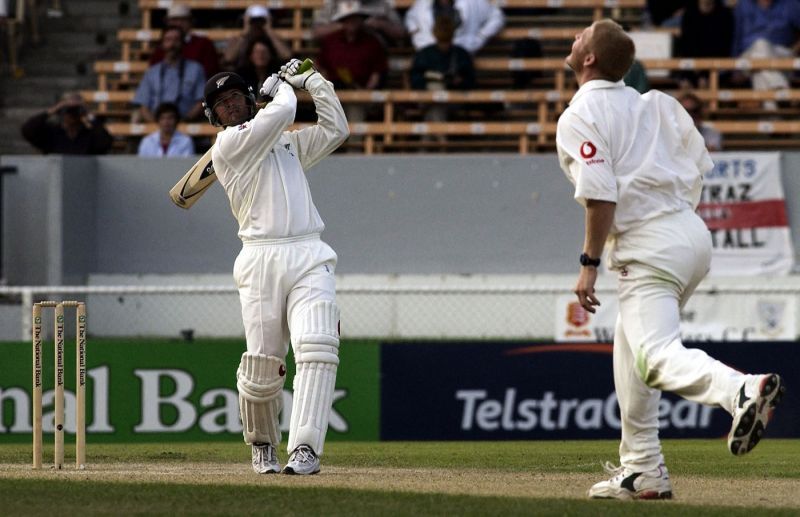
In the first Test at Christchurch in 2002, England were bowled out for 228 - after which they dismissed the hosts for 147.
It was the visitors who looked the more likely winners after they piled up 468-6 courtesy an unbeaten double hundred from Graham Thorpe. New Zealand required a record chase of 550 to pull off a highly improbable win.
Barring a 76 from opener Mark Richardson, there was little support for Nathan Astle as the hosts kept losing wickets at regular intervals. When Ian Butler was the ninth wicket to fall, Astle was joined by an injured Chris Cairns - with New Zealand requiring more than 200 runs to win.
That was when the right-hander decided to shift gears. Sparing no bowler, Astle reduced the English attack to smithereens, blitzing the ball to all corners of the ground. Andy Caddick was taken for special treatment as Astle nonchalantly charged down the wicket as if he were a spinner, en route to three successive sixes.
A single off Ashley Giles brought up Astle's double hundred off only 153 balls, faster than any player in the history of the game. The right-hander was not done for the day though.
Two more sixes and a four off Matthew Hoggard ensued before the Kiwi, on 222, nicked one to the keeper James Foster. That brought an end to one of the most destructive innings Test cricket has ever witnessed.
It was only the fifth double century in the fourth innings of a Test and the first since Greenidge's unbeaten 214 in the 1984 Lord's Test. Astle's innings is the only fourth innings double century registered for a losing side.
#1 George Headley (West Indies vs England at Sabina Park, 1929-30): 223
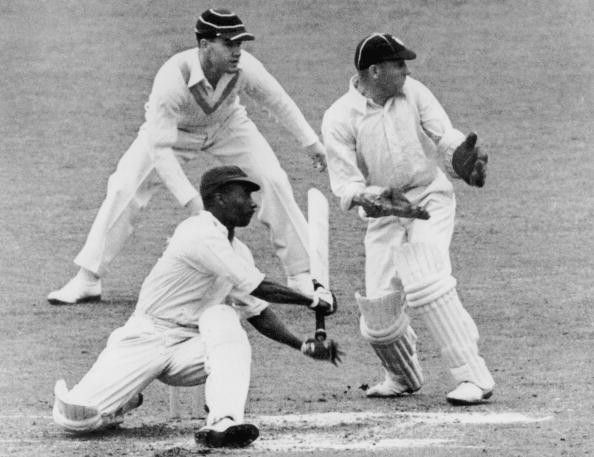
For the highest score in the fourth innings of a Test, a trip back to the era of timeless Tests is warranted.
England put up a mammoth first-innings total of 849 in the fourth Test of their 1929-30 tour of the West Indies at Sabina Park. The hosts, in reply, were skittled out for a paltry 286.
But the visitors decided against enforcing the follow-on, instead batting for a second time to score 272-9 declared.
Requiring an improbable 835 runs for victory, George Headley arrived at the fall of the first wicket, and headed to stumps on the sixth day at an unbeaten 117. On the seventh day, Headley proceeded to become the first fourth-innings double centurion in Test history before he fell for 223, out stumped off the bowling of Bob Wyatt.
With incessant rain on the next two days, it became the first 'timeless' Test to be drawn by mutual agreement - as England had a boat to catch the next day for their trip back home. Nine decades later, Headley's 223 remains the highest score by a player in the fourth innings of a Test match.